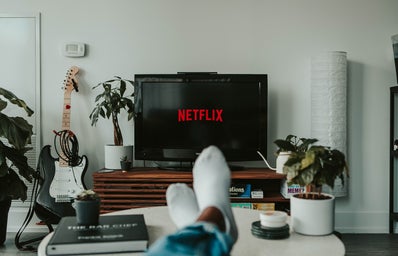Just days ago, Netflix released the second season of the hit series Bridgerton, set in the ton (high society) of England. The show played on the alleged mixed raced heritage of Queen Charlotte to create a racially integrated society, allowing the cast to be more diverse than Julia Quinn’s books. So when they announced that Anthony Bridgerton’s love interest, Kate, was going to be of Indian heritage, I had high expectations.
South Asians have been historically let down by American television, seeing themselves constantly misrepresented and stereotyped with characters like Rajesh Koothrapali on The Big Bang Theory (2007-2019) or Apu on The Simpsons (1989-present). Misrepresented characters give our peers wrong ideas about who we are as the South Asian diaspora. So, I looked to Bridgerton’s Kate and Edwina Sharma with high hopes, praying this would be the time mainstream television showed Indian culture in all of its beauty. And what a beautiful job they did.
I want to applaud the casting choices of Simone Ashley and Charithra Chandran, two dark-skinned actresses whose characters weren’t token diversity plants but actual leads, with one playing the love interest and the other considered the “diamond of the season” among the socialites. In India, colorism is rampant, with dark skin still considered ugly and undesirable. Whenever South Asian actresses are cast in American films or shows, they are usually the light-skinned ones, which sends an inexplicably hurtful message to those of us who are medium and dark skinned. Leaning into the melanin-rich complexions of these actresses with costumes that complemented their skin tones, the creators of Bridgerton made dark skinned women seem desirable and beautiful. By doing this, those creators unknowingly touched the hearts of thousands of South Asian teens here in the United States.
The little details of Indian culture thrown into the show made me extremely emotional, because they’re things I’ve grown up with. Things like hair oiling, applying haldi (turmeric paste), and the bangles were shown as part of their lives, despite being members of British high society. And the orchestral version of Kabhi Khushi Kabhi Gham, a song every South Asian who watched Bollywood as a child grew up on, nearly brought me to tears. A song that I felt was a secret deliberately kept from our peers in school was brought to mainstream culture in such a beautiful way. Not a lot of shows can make me feel proud of my heritage, but watching this season of Bridgerton did, and that’s why representation is so important.


